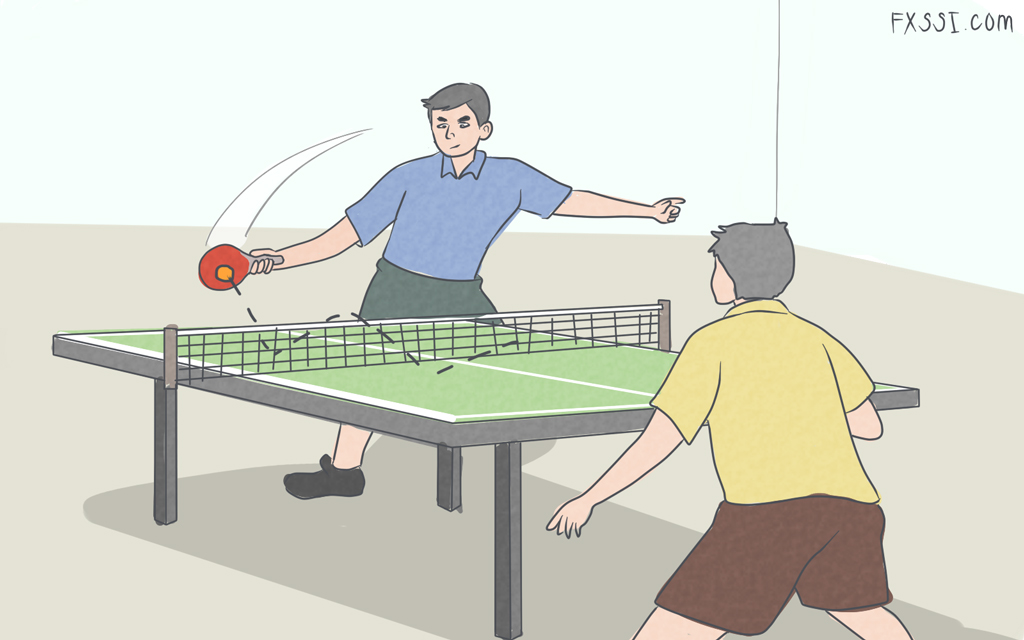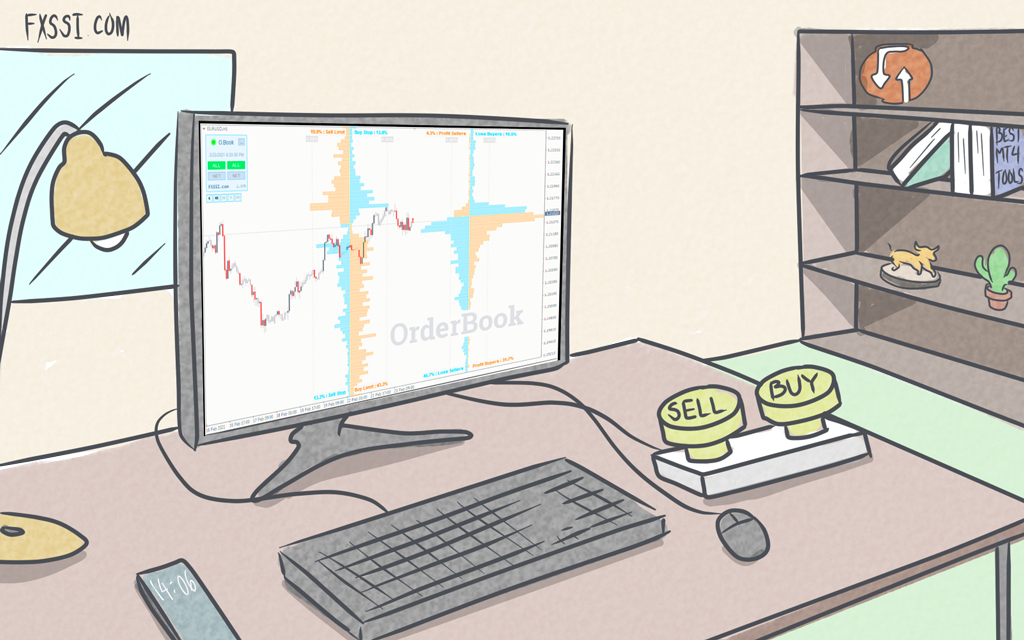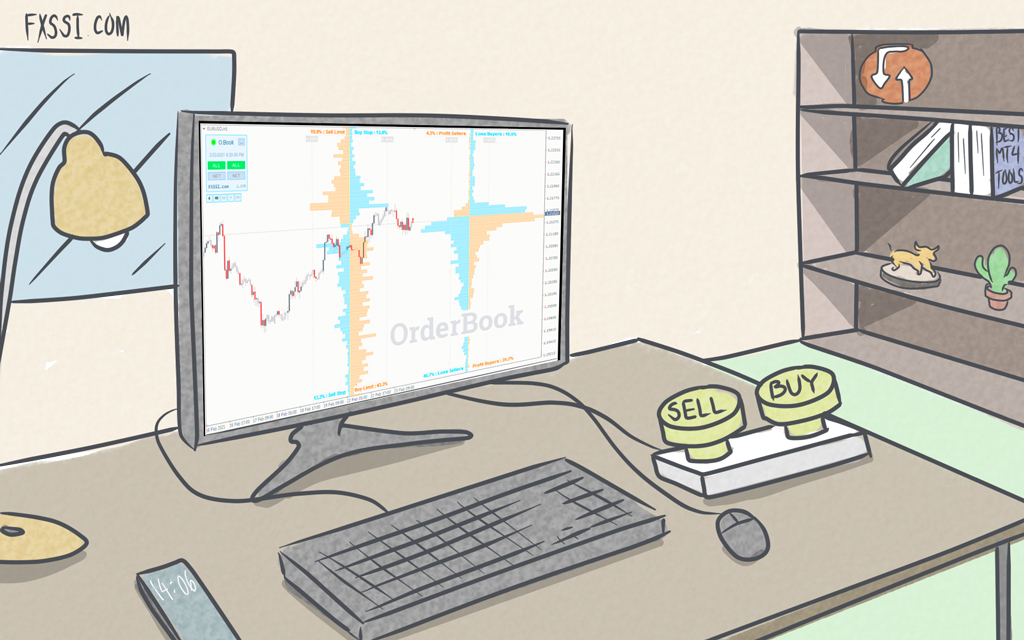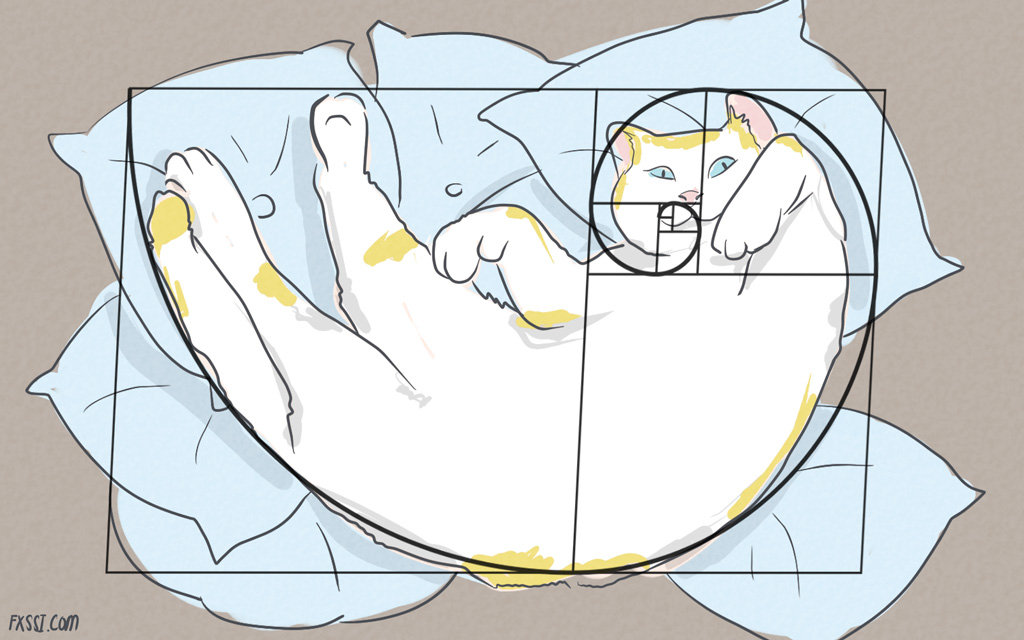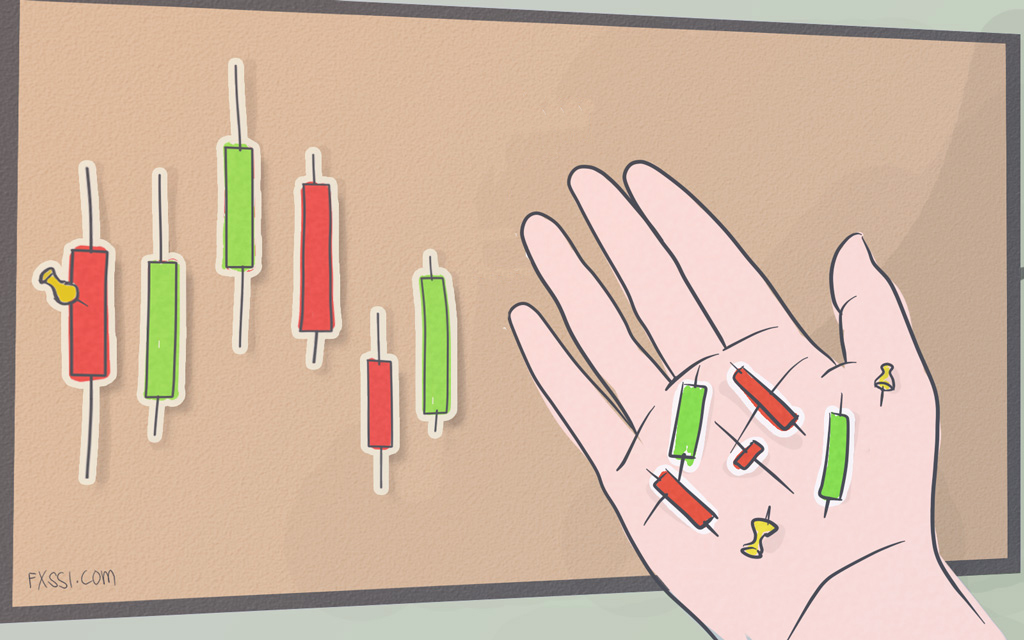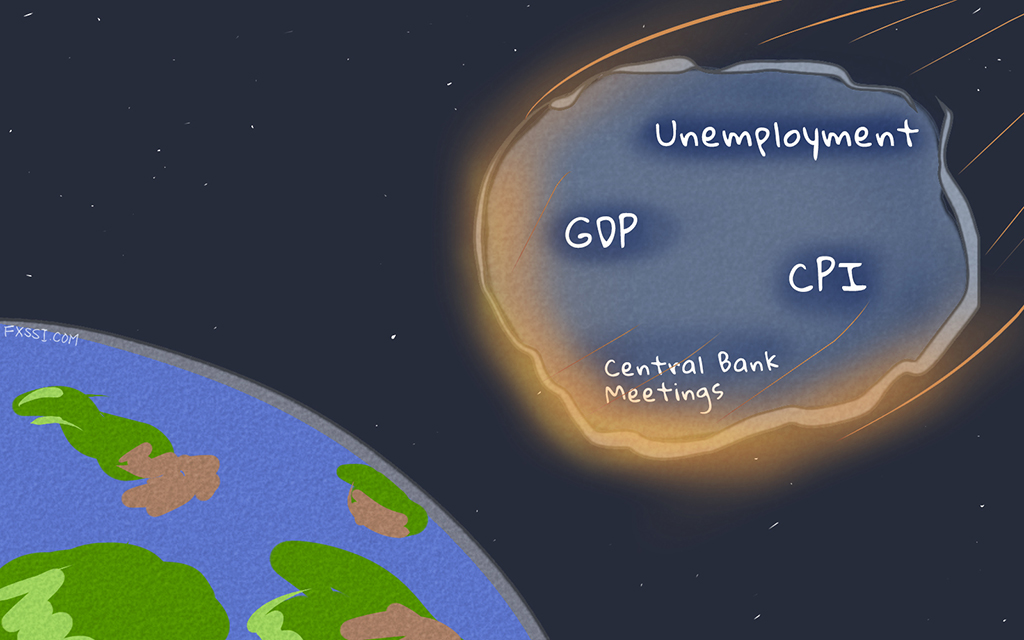How to Set Stop-Loss Properly?
We suppose that you’re already familiar with the concept of stop-loss. However, let’s learn what the right stop-loss means.


In theory, the right stop-loss is that kind of stop-loss where price keeps moving further against your position (after the stop-loss triggers) but doesn’t reverse immediately.
In other words, it can be less likely regarded as the stop-loss which is "Triggered" or "Knocked Out" by price.


I guess that no one would argue with the validity of the previous statement, but it is a little utopian from a practical standpoint.
We cannot know in advance at what level price doesn’t reverse for sure. Our task is to be closer to being able to set such a right stop-loss by taking a probabilistic approach.
However, before doing so, let’s consider the most popular approaches to setting Stop orders.
Approaches to Placing Stop Orders
- Fixed-size Stop-Loss.The given approach implies placing Stop orders which size is defined as a fixed value in points and a fixed percentage value of the deposit. It is rather easy to set such a stop-loss, but using them is much like coin tossing: you never know whether price touches it or not. When using the fixed stop-loss, your chances of making a winning trade will neither be improved nor diminished from a mathematical standpoint.
- At the Support and Resistance Levels.The given approach is described in most classical books on trading and is the most popular one: it implies setting stop-losses at the levels of so-called “overhighs” and round price levels (round-numbered price levels, e.g. 1,3500). As a rule, many Stop orders are accumulated at these levels.
- Beyond the High/Low Levels and Round Price Levels.The given approach is contrary to the previous one. The point here is not to set stop-losses where most market participants do it.
Now let’s determine which of the above-mentioned approaches is the most effective.
Which of these approaches is the most effective?
I suppose everybody would agree that price often and intentionally knocks out Stop orders and then pulls back. This is due to a major player who adds to his/her position by triggering our stop-losses.
From this point of view one can safely assert that the larger is an accumulation of Stop orders at the certain level, the more likely price will knock them out. Let’s look at the typical disposition of Stop orders placed by traders in EURUSD pair (this data were taken from the order book):
Now let’s mark the levels of orders accumulation on the same chart and the areas of Stop orders placement based on every approach described above:
Conclusions:
As shown in the chart, the main areas of orders accumulation can be seen at the support and resistance levels; if we look closer at it, we’ll see that they coincide with round price levels as well. As we defined above, Stop order should be placed out the area of orders accumulation so that it won’t be randomly touched by price. Let’s sum up:
The Wrong Stop-Loss is set at support/resistance levels and round price levels, where most Stop orders are set. This is the reason why they’re constantly knocked out by price.
Neutral Stop-Loss is the fixed-size stop-loss, which size amounts to a fixed value in points or a fixed percentage value of the deposit. It’s set no matter what’s happening in the market, so it can be both inside the area of Stop orders accumulation and beyond it.
The Right Stop-Loss is set beyond high/low levels and round price levels. Therefore, we can increase the probability of triggering our stop-loss by a pullbackless price move, if we avoid the levels where orders are accumulated.
We have determined what the right stop-loss is. Now let’s learn where to set it.

So, we have determined experimentally which of the stop-losses is right. However, the right stop-loss has several variants – see the picture above for more details.
Stop-loss should be properly placed:
- Below the high level;
- Far above the high level.
The question that still remains is: should we place a Stop order below the high level or above it? We are of the opinion that it should be placed below the "overhigh". At the same time, many successful traders saying that one must open trades with small stop-losses and large take-profits share the same opinion as me.





